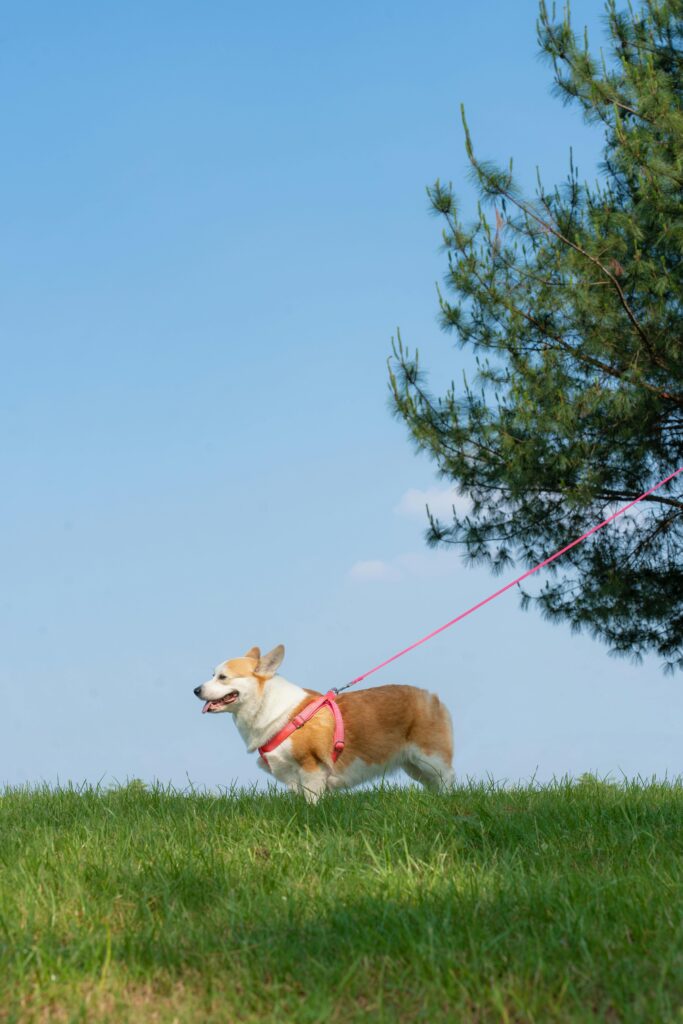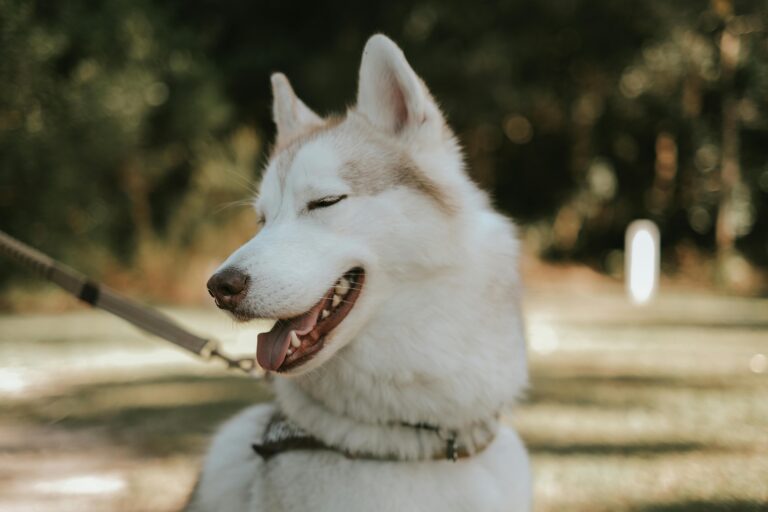Few things are more frustrating than a walk that turns into a battle. Your dog lunges, barks, or growls the moment another dog or person passes by. This behavior, known as leash reactivity, is one of the most common issues we see in training. It can feel embarrassing and stressful, but the truth is, leash reactivity is both common and fixable.
In this guide, we’ll cover why leash reactivity happens, how to address it, and the myths that often prevent progress.

What Is Leash Reactivity?
Leash reactivity occurs when a dog overreacts to a trigger while restrained on leash. Common triggers include other dogs, people, cars, bikes, or even strollers. While off leash, some of these same dogs may behave calmly, which makes the issue confusing for many owners.
Reactivity is not always aggression. In most cases, it is frustration, fear, or overexcitement bottled up by the leash. The leash restricts a dog’s ability to approach naturally, and that tension amplifies the emotional response.
Common Causes of Leash Reactivity
Several factors contribute to leash reactivity:
- Frustration: Dogs that want to greet or chase but cannot often explode on the leash.
- Fear: Nervous dogs may bark and lunge to create distance.
- Lack of socialization: Limited exposure to dogs or people can make encounters overwhelming.
- Owner tension: Holding the leash tight signals stress, which fuels your dog’s anxiety.
- Inconsistent training: Without clear leadership, your dog feels they must handle the situation.
Identifying the root cause is the first step toward a fix.
Myths About Leash Reactivity
There are plenty of misconceptions that can make the problem worse. Let’s clear up the biggest ones:
- “My dog is aggressive.” Not always true. Most leash-reactive dogs are frustrated or overstimulated, not aggressive.
- “If I avoid triggers, it will go away.” Avoidance may reduce incidents but does not solve the issue. Training and exposure are necessary.
- “He just needs more socialization at the dog park.” Unstructured environments often make reactivity worse, not better. Structured play is far more effective.
- “A different tool will fix it.” Collars and harnesses can help with control, but without training, they do not address the behavior itself.
Proven Fixes for Leash Reactivity
The good news is that leash reactivity can be resolved with patience, consistency, and proper training. Here are strategies we recommend:
1. Teach Engagement
Your dog should look to you for guidance when a trigger appears. Practice rewarding eye contact and calm focus before, during, and after distractions.
2. Control the Environment
Start at a distance where your dog notices the trigger but does not react. Slowly decrease distance as your dog improves.
3. Use Obedience as a Tool
Commands like “heel,” “sit,” and “leave it” give your dog a job and redirect focus. The stronger your obedience foundation, the easier it is to manage reactivity.
4. Keep Calm Yourself
Your energy travels down the leash. If you tense up, your dog will too. Breathe, relax your shoulders, and stay consistent.
5. Practice Regularly
Progress comes from repetition. Daily short sessions are more effective than occasional long walks filled with tension.
How Structured Play Supports Progress
One of the best ways to burn energy and reduce frustration is through structured play. Games like fetch with rules, tug with release cues, and recall drills all channel energy productively. For more ideas, check out our post on games and drills to make leash training fun and effective.
Structured activities help create calmer walks by teaching focus and control in exciting situations.
When Professional Training Helps
If your dog’s reactivity feels overwhelming, professional training provides clarity and structure. Our Basic & Advanced Obedience Program is designed to strengthen your leadership and give your dog reliable skills in high-distraction environments.
Learn more about our Basic & Advanced Obedience Program
Expert Resource: Leash Walking Tips
The AKC’s guide to teaching your puppy to walk on a leash is an excellent resource for building the foundations of leash manners. These basics are critical for preventing reactivity later in life.
Final Thoughts
Leash reactivity can feel discouraging, but it is not permanent. With patience, structure, and the right training, your dog can learn to walk calmly and confidently. Instead of bracing for the next outburst, you can enjoy peaceful, focused walks together.
If reactivity is holding you back from enjoying life with your dog, we can help.
Contact Off Leash K9 Training Dayton today to begin transforming your walks.
Would you like a certified trainer to contact you?

